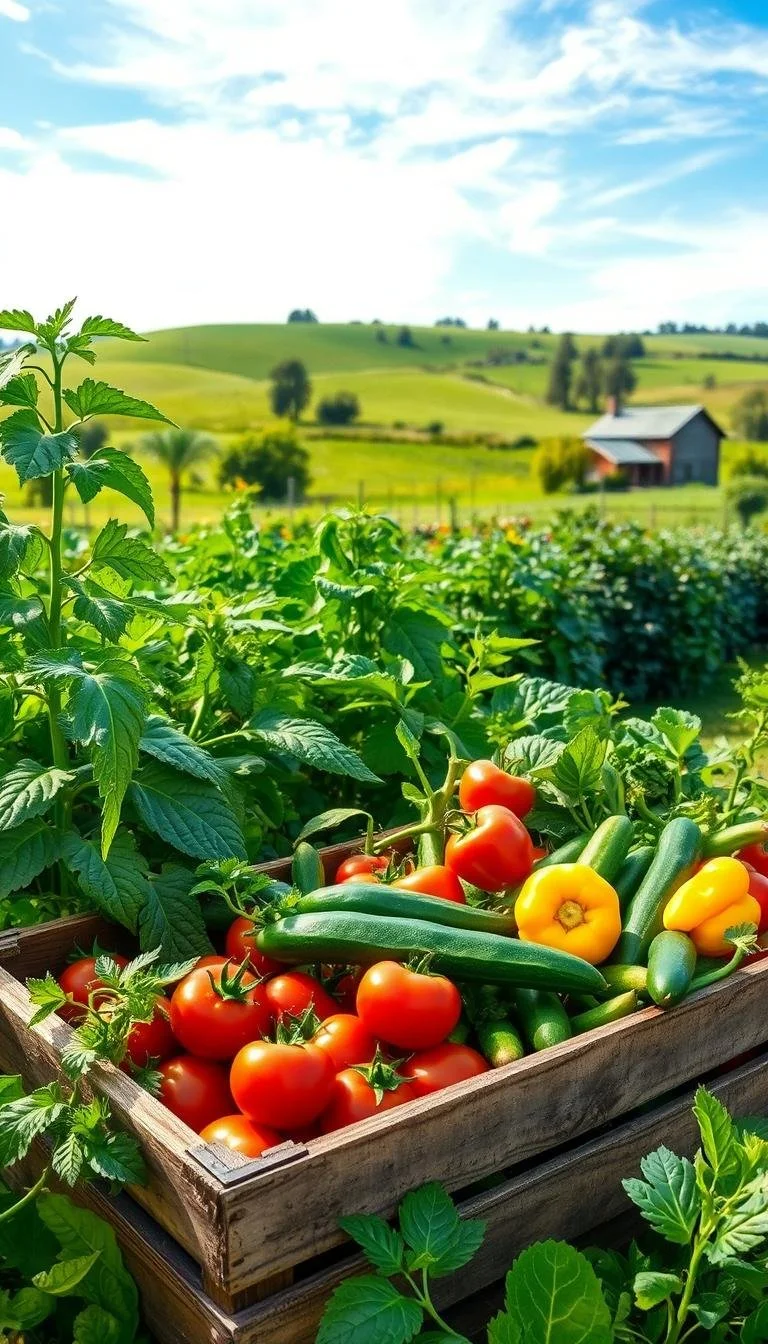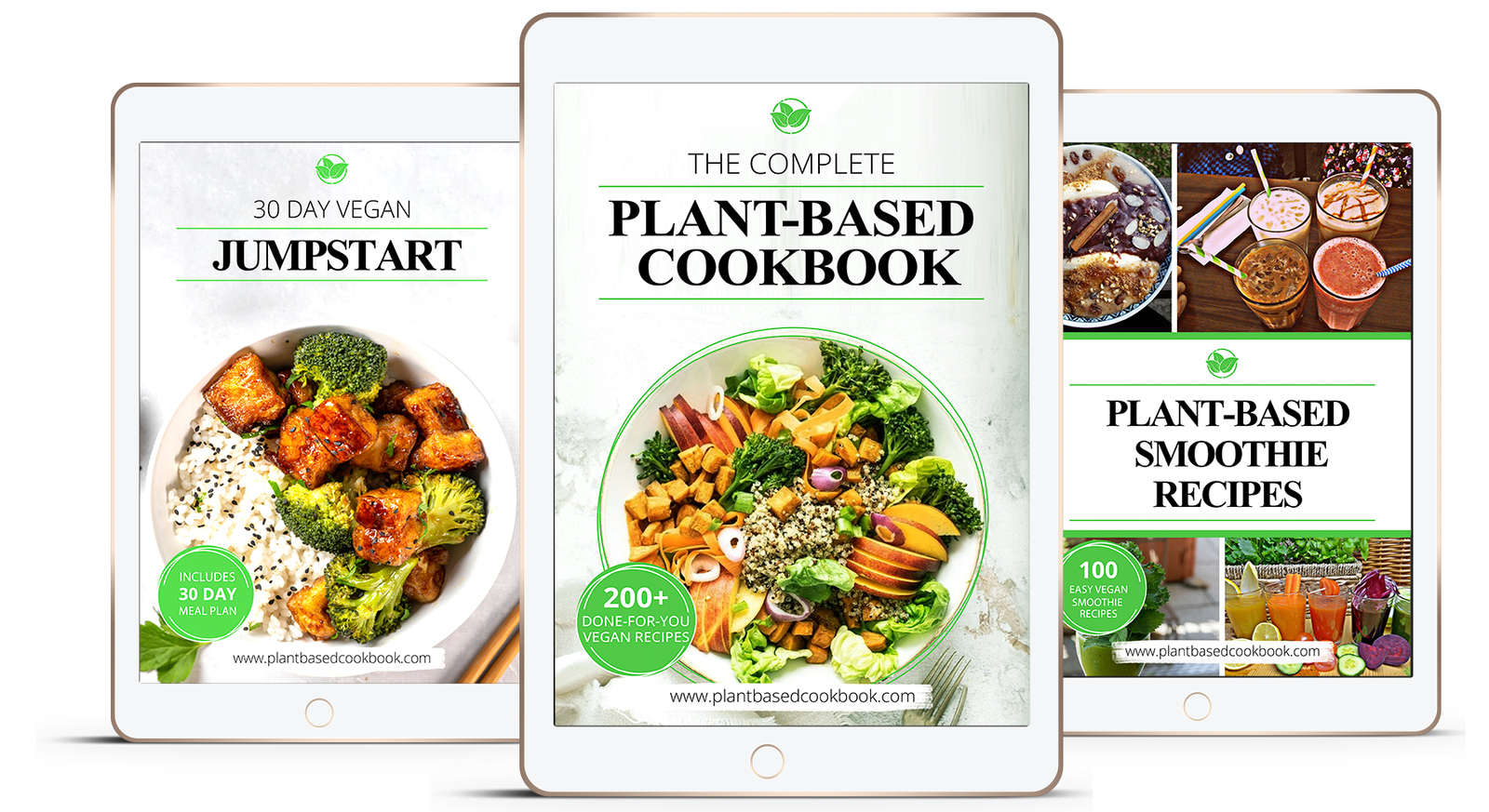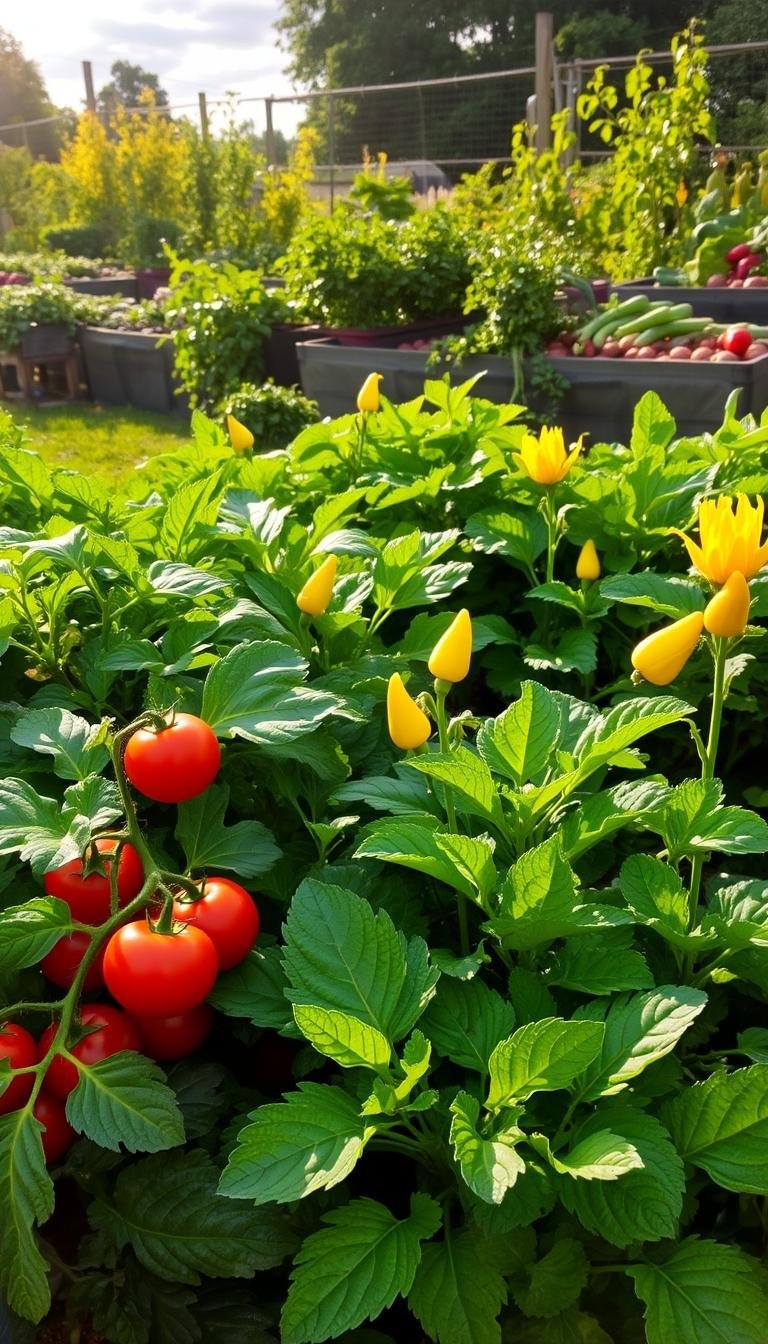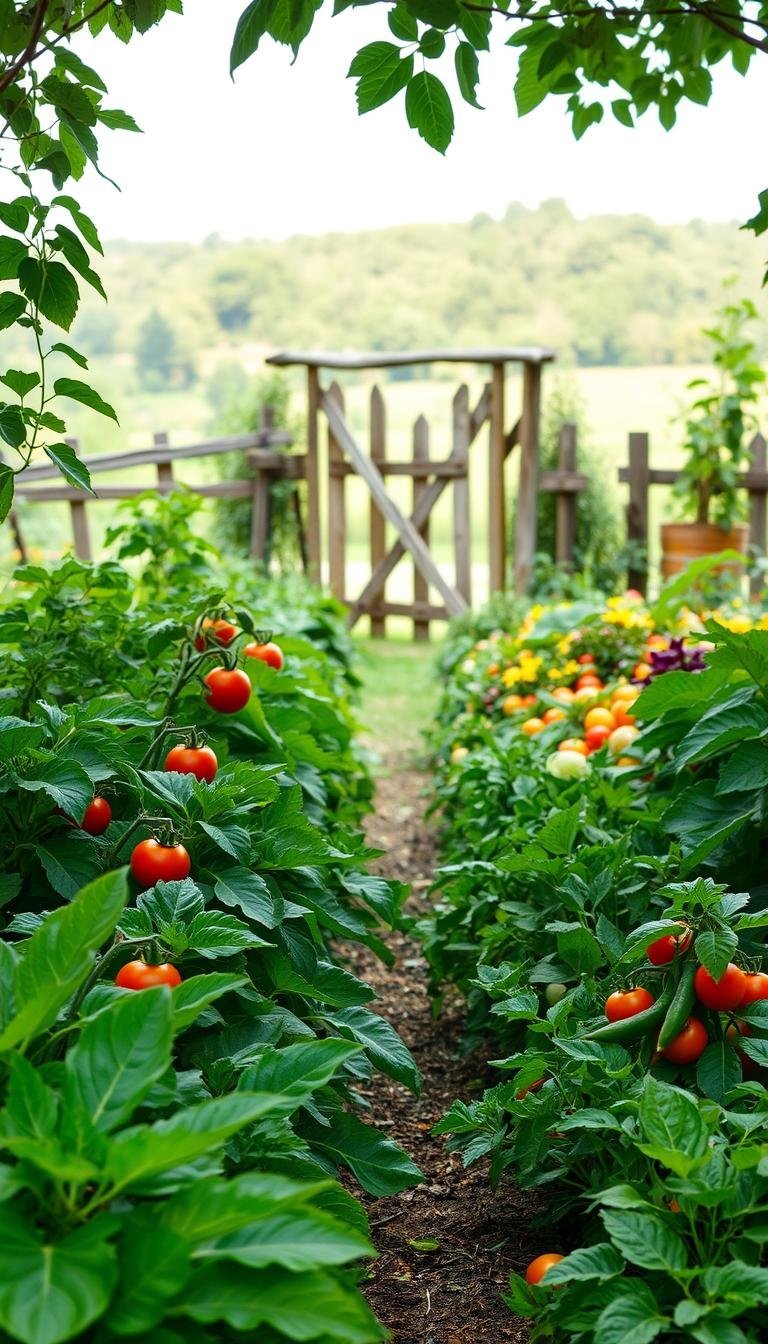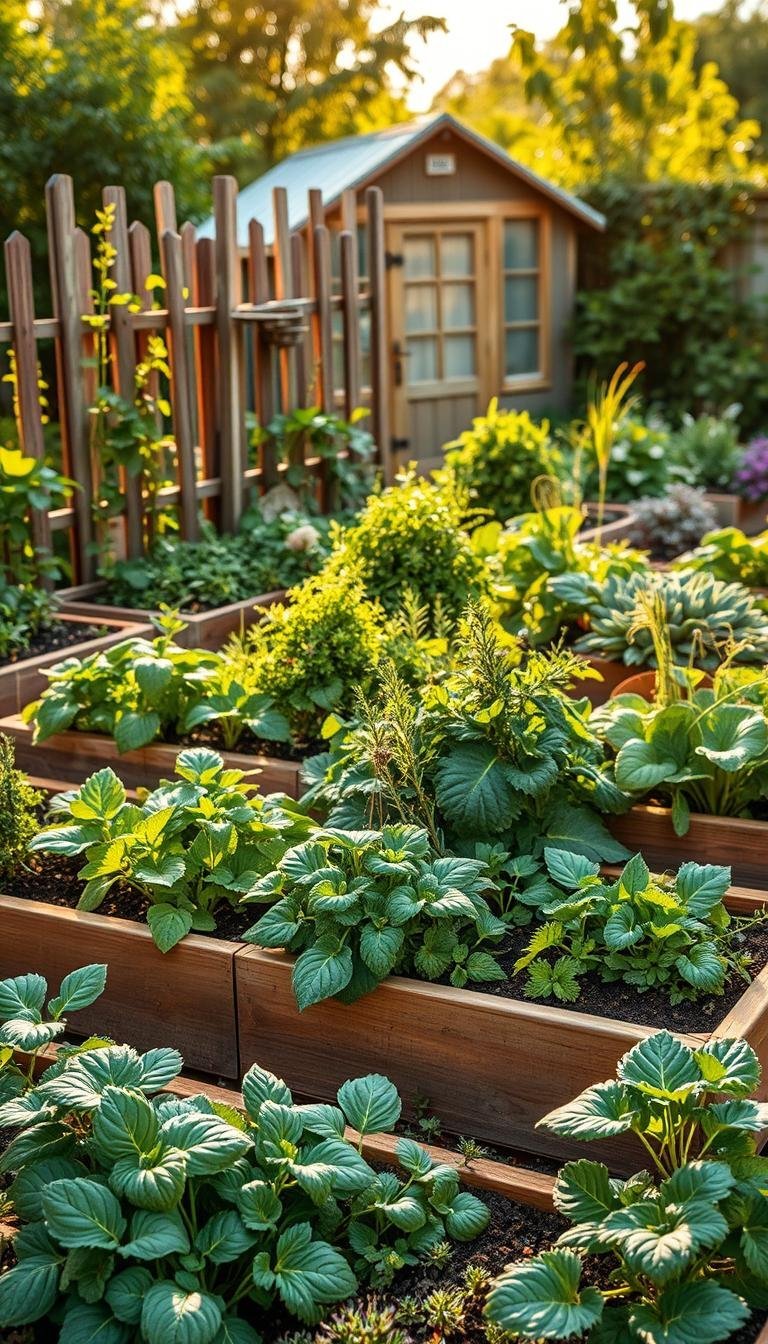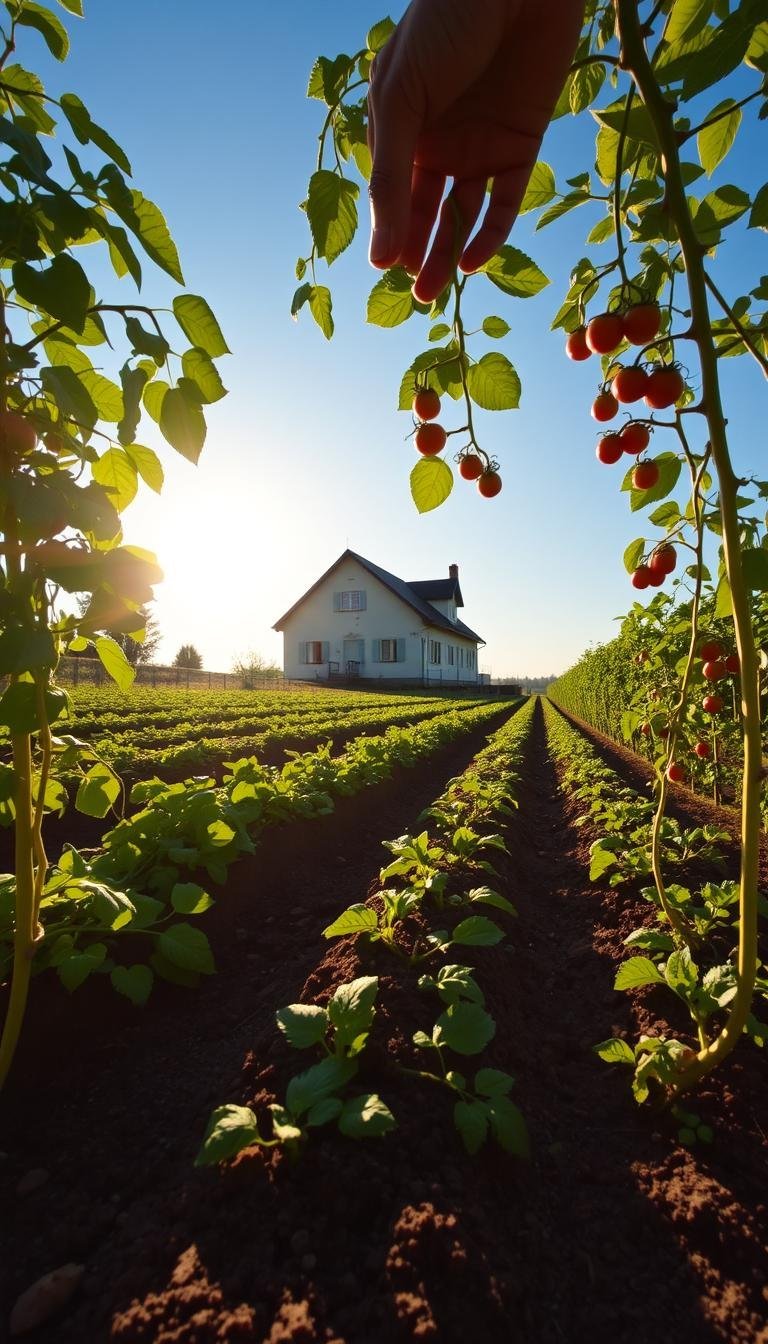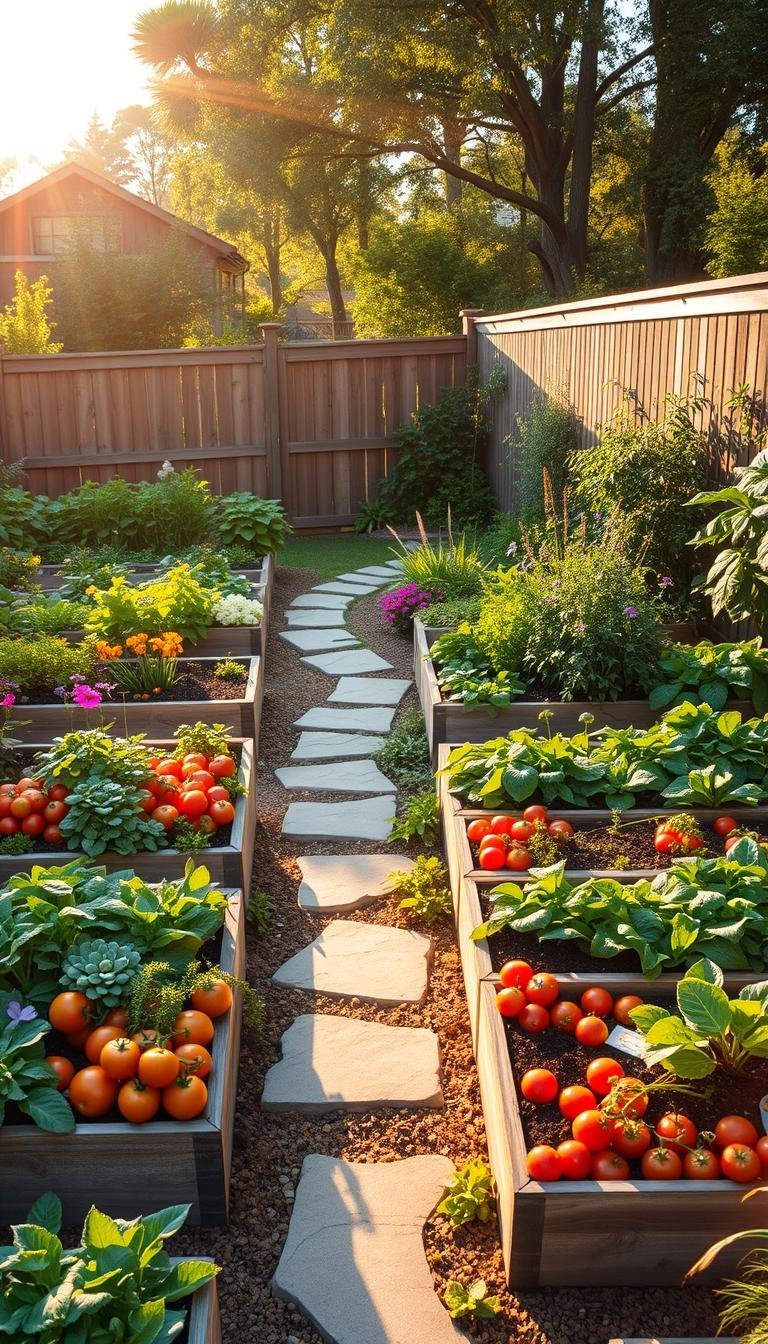(Hey! Some links in this post may be affiliate links — meaning I may earn a small commission if you buy through them, at no extra cost to you. As an Amazon Associate, I earn from qualifying purchases. I only share products I genuinely love and think you’ll find useful too. Read the full disclosure here).
Gardening is a simple way to enjoy fresh food and improve your diet. Growing your own Best Vegetables lets you control what you eat. You can enjoy sun-ripened tomatoes and crunchy carrots right from your garden.
Harvesting homegrown veggies boosts nutrition and saves money. This guide helps beginners and experienced gardeners find the Top Vegetables. It shows you which plants thrive in your climate and space.
🌿 Want to Take Your Garden to the Next Level?
If you're serious about growing your own food and becoming more self-reliant, The Self-Sufficient Backyard is a must-read...
🌱 Learn MoreEvery section of this article explains how to pick, plant, and enjoy the flavors of your own garden. It’s perfect for anyone looking to grow their own food.
Contents
- 1 Why Growing Your Own Vegetables is Beneficial
- 2 Factors to Consider Before Choosing Vegetables
- 3 Top Vegetables to Grow in Your Garden
- 4 Best Leafy Greens for Home Gardeners
- 5 Root Vegetables That Thrive Year-Round
- 6 Unique Vegetables to Spice Up Your Garden
- 7 Tips for Growing Vegetables Successfully
- 8 Seasonal Vegetable Planting Guide
- 9 Recipes Featuring Homegrown Vegetables
Why Growing Your Own Vegetables is Beneficial

Homegrown Healthy Vegetables are more than tasty. They bring real benefits to your life and the planet. Growing your own food can change your daily routine into something rewarding.
Health Benefits of Fresh Vegetables
Vegetables from your garden are packed with nutrients. Tomatoes and leafy greens from stores often lose vitamins. By picking them at the peak, you get more vitamins and antioxidants in every bite.
Research shows that homegrown crops have up to 50% more nutrients than store-bought ones. This makes eating them a big plus for your health.
Environmental Impact of Home Gardening
Gardening is one of the simplest ways to reduce your environmental footprint.
Gardening cuts down on carbon emissions by avoiding shipping and packaging waste. It also reduces the need for industrial farming, which uses lots of pesticides. A small garden supports local pollinators and improves soil health, creating a mini-ecosystem.
Even tiny gardens can help biodiversity by hosting native plants and vegetables together.
Cost Savings of Growing Your Own Produce
- A $10 seed packet can yield $100+ worth of Nutritious Vegetables over a season.
- Yearly savings average $500+ for families growing 10+ plants.
- No markup costs from supermarkets—only your time and soil.
Imagine making fresh salads every week without going to the store. These savings add up over time, making gardening a smart choice.
Factors to Consider Before Choosing Vegetables
Starting a vegetable garden is exciting, but planning is key to success. Three important factors help you choose the right organic vegetables for your garden. Let’s explore them.

Climate and Weather Conditions
First, check your USDA hardiness zone. Frost dates and seasonal temperatures are critical. For instance:
- Tomatoes and peppers prefer warm summers (70–85°F)
- Leafy greens like spinach do well in cooler 60–70°F temperatures
- Use row covers to protect organic vegetables from late frosts
Space and Soil Requirements
Even small spaces can grow a garden. Containers are great for herbs and strawberries. Raised beds help with drainage. Soil pH is important—most veggies prefer 6.0–7.0.
Add compost or organic fertilizer to improve soil. No garden plot? Vertical setups work well for beans or peas.
Time Commitment for Care
Some organic vegetables need daily care. Lettuce germinates fast but needs regular watering. Tomatoes need pruning and staking.
If you’re short on time, choose drought-tolerant crops like carrots or garlic. Pick plants that fit your schedule!
Top Vegetables to Grow in Your Garden
Choosing the right Top Vegetables is key to gardening success. These three are great for all gardeners. They are essential for many home gardens. Let’s learn how to grow these Best Vegetables with ease.
Tomatoes: A Versatile Choice
Cherry tomatoes are full of flavor and can handle a little neglect. Heirloom varieties like ‘Brandywine’ offer special tastes. Use stakes or cages for support and prune suckers for better air.
Keep the soil moist to avoid blossom end rot. Harvest tomatoes when they’re fully colored for the best taste.
- Plant spacing: 18–24 inches
- Days to harvest: 60–80 days
- Use in salads, sauces, or roasted dishes
Cucumbers: Easy and Refreshing
Bush varieties like ‘Bush Pickle’ save space, while vining types like ‘Straight Eight’ offer longer harvests. Make sure to plant both male and female flowers for proper pollination. Pick cucumbers often to encourage more growth—aim for 6–8 inches long.
Avoid bitterness by picking early in the day and mulching to keep moisture in.
- Water deeply once a week
- Harvest every 2–3 days during peak season
- Try pickling or slicing in cold salads
Peppers: Spice Up Your Garden
Peppers come in sweet bell varieties and spicy habaneros. They love full sun and well-drained soil. Rotate crops yearly to prevent disease. Space plants 18–24 inches apart and fertilize when flowers appear.
Sweet varieties like ‘California Wonder’ go well with herbs. Jalapeños add spice to salsas.
- Harvest when fully colored for maximum flavor
- Protect from frost with row covers
- Use in stir-fries or dried for winter meals
Best Leafy Greens for Home Gardeners
Leafy greens are key for any garden, packed with vitamins and easy to grow. They add fresh flavors and essential nutrients. Home growers love them for their taste and health benefits.
Harvested at the right time, they taste the best. Spinach, kale, and lettuce grow well in different conditions. They fit any garden, no matter the size or skill level.

Spinach: Nutrient-Packed Superfood
Spinach grows well in cool weather, ideal for spring or fall. It’s full of iron and antioxidants. It’s a top choice for healthy eating.
Plant seeds every two weeks for a constant supply. In warm areas, choose varieties like ‘Space’ or ‘Tyee’ to prevent early flowering.
Kale: The Cold Weather Champion
Kale does best in the cold, with types like Lacinato and Red Russian excelling in frost. Its flavor gets better after a light freeze. It’s a winter favorite.
Grow kale in full sun for the best results. Pick leaves as needed. This green stays fresh for a long time after picking.
Lettuce Varieties: Crisp and Delicious
There are many types of lettuce, like crisphead (iceberg), leaf lettuce (e.g., Buttercrunch), and mesclun mixes. They do well in partial shade to avoid summer heat. Harvest the outer leaves to encourage new growth.
For a steady supply, plant seeds every two weeks. Store lettuce in a damp cloth in the fridge for up to two weeks to keep it crisp.
Root Vegetables That Thrive Year-Round
Root vegetables are underground powerhouses. They deliver healthy vegetables that store well. They add variety to meals. Whether you have limited space or a large garden, these crops offer nutritious vegetables perfect for long-term enjoyment.

Carrots thrive in loose, well-drained soil. For straight roots, remove rocks and mix in compost. Short-rooted varieties like ‘Little Finger’ suit shallow soil. Thin seedlings early to avoid crowding, and harvest after a frost to enhance natural sugars for peak sweetness.
Potatoes shine in creative setups. Use trenches, hills, or containers for limited space. Choose disease-resistant varieties like ‘Kennebec’ and rotate planting spots yearly to prevent blight. Mulching with straw boosts yields while keeping tubers cool and protected.
Beets offer vibrant colors and dual use—roots and greens. Plant in 60–70°F weather; ‘Chioggia’ or ‘Golden’ varieties add culinary interest. Harvest beets when roots are 1.5–3 inches wide to avoid woodiness. Their long shelf life makes them a top pick for winter meals.
- Carrots: Sweeten with frost, store in sand-filled bins
- Potatoes: Use vertical containers to save space
- Beets: Pick at optimal size for tenderness
These vegetables store for months in cool, dark places. This ensures fresh nutritious vegetables year-round. Their resilience and adaptability make them essential for any home gardener aiming to boost food security and dietary variety.
Unique Vegetables to Spice Up Your Garden
Want to make your garden stand out? Try Fresh Vegetables that taste great and look amazing. These plants bring new flavors and colors to your meals. From artichokes to rainbow chard, they offer a fresh twist on homegrown food.

Artichokes: A Culinary Delight
Artichokes grow well in warm places as perennials but need protection in cold areas. Pick buds before they open for tender hearts. Their unique look adds excitement to your garden.
Okra: Perfect for Southern Dishes
Okra loves hot weather and has beautiful foliage. Pick pods young for the best taste. It’s great in gumbo or fried dishes, perfect for Southern cooking.
Rainbow Chard: Beautiful and Tasty
Rainbow chard’s colorful stems and leaves brighten up your garden. Grow it in containers or beds. Harvest leaves often for continuous growth. It’s good in both heat and cold, providing greens when others don’t.
These plants are more than just food—they connect you to different cultures. Artichokes remind you of the Mediterranean, okra of Southern U.S. traditions, and rainbow chard of European gardens. Share them at gatherings to start conversations about homegrown Fresh Vegetables. Try new things and feel proud of your unique garden!
Tips for Growing Vegetables Successfully
Mastering the basics is key for your organic vegetables to flourish. Begin by picking seeds that match your climate and goals. Heirloom varieties keep genetic diversity alive, while hybrids fight off diseases better. Companies like High Mowing Organic Seeds and Baker Creek Heirlooms offer seeds for your area.
Save seeds from plants that grow open-pollinated. This way, you can use them again next year.
Selecting the Right Seeds
- Read seed packets for days-to-maturity and disease resistance codes.
- Opt for untreated seeds to align with organic standards.
Importance of Watering and Sunlight
Most organic vegetables need 6-8 hours of sunlight each day. Leafy greens can handle some shade, but tomatoes need lots of sun. Water deeply but not too often—check the soil with your finger.
Too much water makes leaves turn yellow, while too little makes them wilt. Using drip irrigation or clay ollas saves water.
Pest Management Strategies
“Prevention is the best pest control,” say experts at the Organic Gardening Research Institute. Attract ladybugs to eat aphids, and plant marigolds to deter nematodes. Mix garlic and neem oil for a natural spray. Row covers block pests without chemicals.
Rotate crops yearly to disrupt pest cycles. Check your plants weekly to spot problems early. Planting flowers with vegetables attracts beneficial insects.
Seasonal Vegetable Planting Guide
Mastering seasonal planting boosts success with Seasonal Vegetables. Aligning crops with your region’s climate ensures vibrant growth and reduces effort. A free printable calendar adapts to local zones, simplifying timing for Locally Grown Vegetables.
Spring Vegetables to Start Early
Cool-season crops like peas, radishes, and broccoli thrive in mild spring weather. Plant 2-4 weeks before the last frost. Use cold frames or row covers to protect seedlings from late frosts.
Radishes mature in just 3-4 weeks, making them ideal for early harvests.
Summer Vegetables for Maximum Growth
Heat-lovers like eggplant, melons, and corn need full sun. Space plants properly and use mulch to retain moisture. For continuous harvests, plant in batches every 2-3 weeks.
Shade cloth helps protect seedlings from intense summer sun.
Fall Vegetables to Extend Your Harvest
Cool nights enhance flavors of Brussels sprouts, turnips, and parnsips. Sow seeds 8-10 weeks before first frost. Light frosts improve sweetness in many root crops.
Mulch beds to extend the growing season into early winter.
Follow these guidelines to grow Seasonal Vegetables that taste better and require fewer resources. Download our regional planting calendar to track ideal planting dates for your area.
Recipes Featuring Homegrown Vegetables
Once your garden thrives, it’s time to cook with fresh vegetables. Their vibrant flavors will make your meals pop. To enjoy them all year, freeze or can what you grow.
Fresh Garden Salad Ideas
Make your salads more exciting by adding edible flowers. Try nasturtiums or radish sprouts. For a tangy twist, quick-pickle cucumbers or carrots.
Top your salad with fresh herbs like cilantro or mint. They add a burst of freshness.
Roasting Techniques for Root Veggies
Roast root vegetables at 400°F until they’re caramelized. Toss beets or carrots with olive oil and salt. Their natural sugars will caramelize, needing no extra seasoning.
Serve them as a side or add to grain bowls.
Stir-Fry with Seasonal Produce
Stir-fry seasonal veggies like zucchini, bell peppers, or snap peas. Use soy sauce or garlic-lime drizzles for flavor. Pair with tofu or shrimp for protein.
Adjust recipes based on what’s ripe in your garden.
Preserve extras by freezing herbs in ice cubes or canning tomatoes. Store root vegetables in a cool pantry to extend their shelf life. Every method keeps your garden’s bounty on your table all year.

